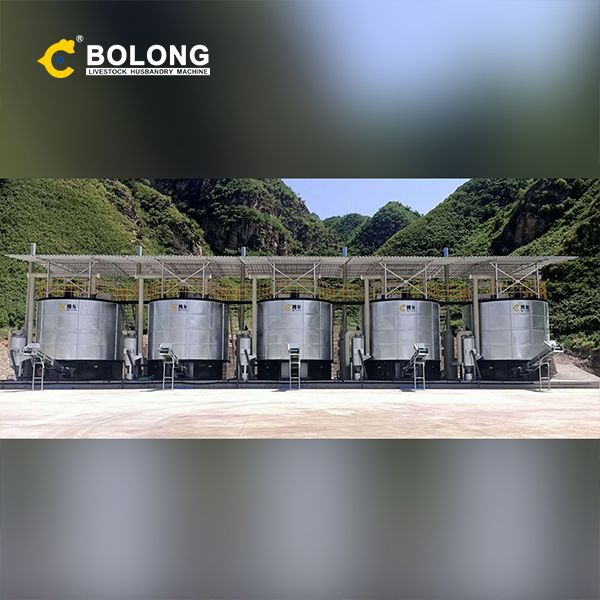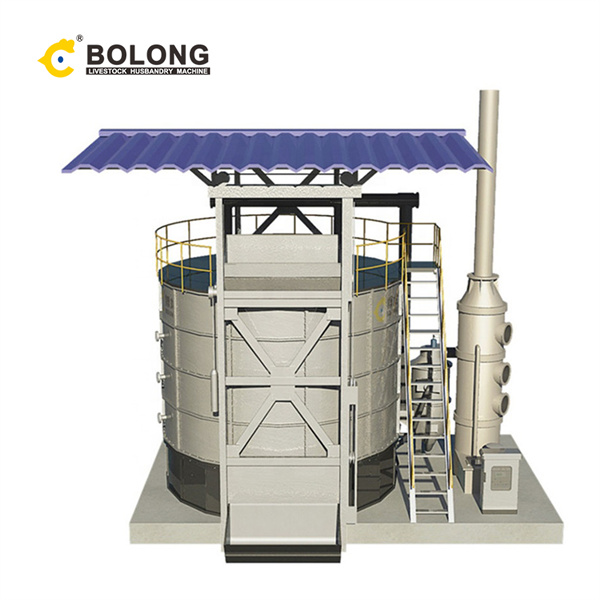
aerobic composting, rather than sending your food and garden waste to landfill. The patented technological design of the Aerobin overcomes the problems many people have had with composting, and it produces high quality compost and liquid fertiliser to feed back into your garden, giving health to our environment and reducing your carbon footprint.

This aerobic hot-composter needs no turning, has an ample, 2-gallon base reservoir to collect nutritious "compost tea", and produces finished compost in record time. The secret is in its insulated sides, which keep the temperature ideal for decomposition, and patented aeration system. Includes reservoir drain hose and shut-off valve.

2 天之前 · Composting is the controlled, aerobic (oxygen-required) biological decomposition of organic materials by microorganisms. Organic (carbon-based) materials include grass clippings, leaves, yard and tree trimmings, food scraps, crop residues, animal manure and biosolids. Compost is a dark, crumbly, earthy-smelling, biologically-stable soil

2022/9/30/ · Aerobin 200 Composter at Home Depot ($301) Jump to Review. Best Overall Lomi Composter. Amazon. If you don’t already have a compost system to process food scraps, a compost machine can ...

Aerobin_Composting_English.cdr. l Allow the level of the Compost to rise to at least past the bottom of the lower Lung Cowl and ideally to the top of the Access Door. Either simply makes harvesting the Compost easier. When you are harvesting the Compost from the lower half of the Aerobin only ever use a hand Garden Fork – 3 Finger/Hooked

2017/2/4/ · The Aerobin 400 is an insulated composter which promises to mix the compostable material itself and collect compost liquid at the bottom of the bin within the double bottom. It is made from plastic and insulated with polystyrene to keep the compost hot and help it break down quickly. It has two doors to remove the compost once it has

2014/7/1/ · The aim of this study is to compare the compost quality of a large number of compost samples from the OFMSW home composting and industrial composting. Physicochemical properties, heavy metals content, nutrients and stability were evaluated in 27 samples from home composting and 25 from industrial composting.

Aerobic composting is a process that uses microorganisms that require air to break down organic matter into compost. In fact, the word “Aerobic’ literally means “with air”. The microorganisms that require air in this process include aerobic bacteria, fungi, and physical decomposers. Aerobic composting produces heat, water, and carbon

The Aerobin also creates a liquid fertilizer that you can use to water and feed your plants. The bin is heavy enough to withstand strong wind. It is also insulated, so the compost will stay warm even in freezing temperatures. This is important for ensuring proper decomposition of organic material. The heavy-duty lid keeps out critters and rain.

The GEM Aerobin, using the outlined composting and operating parameters, is the best performed bin, followed by the ECompost Wheelie Bin. These bins removed three times

2024/4/1/ · Provide guidance on the use of semi-permeable membranes in future composting. Semi-permeable membrane-covered high-temperature aerobic composting (SMHC) is a suitable technology for the safe treatment and disposal of organic solid waste as well as for improving the quality of the final compost. This paper presents a

2023/1/1/ · The price of vermicompost is highly defined by quality, packaging, and unit size with price ranging from $200 to $1000 per ton. In developing countries due to lack of proper la belling of nutrients content on packaging market value of vermicompost lies around $0.08 per kg in country like Uganda [13].

2017/4/20/ · Most of the studied parameters, concern compost monitoring, and compost quality at the end of the process. Fewer studies discuss start-up parameters (C/N ratio, moisture content and particle size of fresh materials). Composting parameters can consequently, be split into three categories as shown in Fig. 1. Fig. 1.

2024/1/6/ · Anaerobic composting refers to the decomposition of organic material in an environment devoid of oxygen. In this method, microorganisms that thrive in oxygen-free environments work to decompose materials such as kitchen scraps, plant residue, and animal manure. While aerobic composting requires active aeration, anaerobic
